As Easy as One, Two, Three
Numbers are an interesting thing really
One could, elementarily (both figuratively and definitively)
Break down the Western and Eastern ways of thinking
Into as easy as 1, 2, 3 – A, B, C
Pythagoras starts with the Monad,
From which the great dichotomy arises
These are the great forces of Yin (female, receptive)
And Yang (male, creative) of the East
The worlds of Heaven and Earth
The Darkness and the Light
But it is just as telling as to what is missing
As what is part of these ancient systems
No Monad exists in the East
From which the two archetypical forces emerge
While our Western tradition (Judeo-Christian)
Speaks of a great and benign spirit
That breathes life onto and throughout
The watery abyss (Apsu of the Egyptians)
This Monad became our God
And closed the universal boundaries with it
From One to Two
And to Two a third Force was added
To give us the Holy Trinity
The Greek Logos
Universal Mind – Nous
An underlying world order
The Maat of the Egyptians
Plato’s Good
And then this Three transforms to the base
Of the Perfect of all geometric forms
The equilateral triangle
The three become Four
And the structure of the Tetractys (the Decad) is complete
Earth, Air, Water, Fire
The elements that make up creation
Draw the final boundaries of the universe
All embedded and interwoven
Into the grandest of all gifts of the human mind
Geometry
But While Yin and Yang have their counterparts in the West
What developed there was a very different thing really
Not a cosmological creation story that bound the universe
With a beginning, middle and end
That needed a Creation Story, a Messiah and a Line of Prophets
That chain the word of God along the generations of men
Until one day a final judgment comes
And the end of the world as we know it is before us
And our Creator Judges us each and every one
What developed in the East
Was a manual, a guidebook on how to live
A manual that reflected the universal world order
That the worlds of Heaven, Earth and Men were intimately connected
And that one must search for balance and harmony
Between and among these seemingly disparate worlds
This is the what we call in the West the I Ching
Or also named The Classic of Changes (Yi Jing)
This is how the trigrams were originally conceived
As broken (Yin) and solid (Yang) lines
Denoting various combinations
Binomial combinations in base 2 and 3
Of yin and yang lines
That have motion and have being
And have status and material existence
But in a fleeting sort of ethereal way
For everything is always changing (Yi)
In this Eastern view of the world
The only thing that can be said to truly exist in fact
In this system of thought that reaches far back into antiquity
Is Change (Yi) itself and a Way (Dao or Tao) to follow it or traverse it
So in the Eastern Cosmological system
If we can even call it that
After Darkness and Light are created
Yin and Yang come together
To form the four basic elemental states of being
Greater Yin, Lesser Yin, Lesser Yang, Greater Yang
This is how it is handed down to us
According to the Ten Wings
That Confucian epilogue to the Zhouyi (I Ching/Yi Jing)
Which were attempts by later scholars
To make sense of the esoteric and ancient symbolism
That came forth from the River Lu (Lo Shu)
On the back of a great tortoise
And walked out of the Yellow River (He Tu)
Carved in Jade on the back of a great horse
And from these four states
The eight trigrams come forth (Bagua)
As each of the four elemental states
Is connected with a third line
That is either broken (Yin) or solid (Yang)
To form a band of eight symbols
Three lines each – the trigram
Which when all connected and drawn out
With their dark and light, yin and yang, broken and solid lines design
Into a wheel, a circle
That has no beginning and has no end
But has various formulations
Like the Earlier Heaven sequence of Fu Xi
Or the Later Heaven sequence of King Wen
But in the East there is no Monad
There is simply the interplay of these two opposing forces
Constantly searching and striving for balance
And the Two are not acted on by a third force
There is no Logos or Nous that brings order to the world
Simply the greater combinations of Yin and Yang
Which serve to add flavor and color
To the play of the basic forces of dark and light
Creative ad Receptive
Expansive and Retractive
Inbreathing and Outbreathing of Brahman
The Vedic sages (Rishis) would call it
In the Yi Jing it is said that
Two to the power of One
Transforms into Two to the power of Two (Four)
Greater and Lesser Yin – Greater and Lesser Yang
And then these Four (again Two to the Power of Two)
Becomes the Bagua (literally ‘eight symbols’)
Two to the Third or Two Cubed
Which forms the holistic cosmological world order
Hence rests all of Chinese philosophy
Who mind you adopted Buddhism and called it Zen
But the Daoist lives on
In Medicinal circles mostly now
For the Zhouyi (I Ching) is not consulted
As it once was
But it is left as an artifact of days gone by
When witchcraft was practiced
And astrologers were thought
To have great powers of sight
And with Two to the Power of Three
One is given Eight – the Bagua
Laid out in various circular arrangements
That describe the workings of the universe
The creative, destructive and structure of balance and imbalance
The passage of the seasons throughout the year
The context of the family and social unit
Which is meant to guide our every day life
And human society at large
All within the context of the three-pronged belief
That the worlds of Heaven, Earth, and Man
Are intrinsically, deeply, spiritually and physically connected
In ways beyond comprehension
Of the small human mind
But yet could be mapped out and understood
In a very basic and elemental way
Based upon solid and dashed lines
Working their energies against and with each other
Which inspired Leibniz
Some two thousand years later
To come up with a binary system of 1s and 0s
That now forms the basis of all automated processing
Of every machine created by man
That now touches every corner of the globe
And every human being
So what we have from the East then
Is the Fu Xi (Earlier Heaven)
And King Wen (Later Heaven) circular sequences
Of the grand Bagua
The forces of Heaven, Lake, Fire and Thunder
Acting and Balancing the forces
Wind (Wood), Water, Mountain and Earth
Laid out in a whirlish dervish sort of fashion
Which yielded the great Yin/Yang symbol we know so well today
The Symbol of Daoism (Taoism) and Yin/Yang Philosophy
Black and White molded together
In a grand and endless circle
Each with a sprinkle of the other that sits within its center
That looks like one white and one black fish
Each with an eye of the color of its sibling
Swimming around endlessly in a small fish bowl
Within which the universe is encapsulated and fulfilled
All at once and at the same time
The Chinese way then
Starts and ends with the idea of Change
As the ceaseless and only thing that can be said to truly exist
In various forms and states, indicated by trigrams and then hexagrams
States leading to states and balance leading to disharmony
And then back to balance and harmony again
In this constant struggle and exchange
Between opposing and complementary forces
The Creative and Receptive,
Dark and Light
Forces which rest within and without and everything in between
Its Eastern immanence
Versus Western transcendence
And it starts with those very basic numbers
One, Two, Three
And how they are combined
And constitute the manifested universe as we perceive it
As it truly can be said to exist
And the A, B, Cs behind it
That explain the world order
For both the Eastern and Western ancient mystics
Saw and Believed
That it was through the the most beautiful construct
Conceivable by the human mind
Numbers and Geometry
And their successive progression and combination
Into more and more beautiful symmetry
And more and more complex combinations
To which the natural universe
Has a deep mystical esoteric connection
That is only barely fathomable
By the mind of man
Or so they thought
And so it was written
And here we are

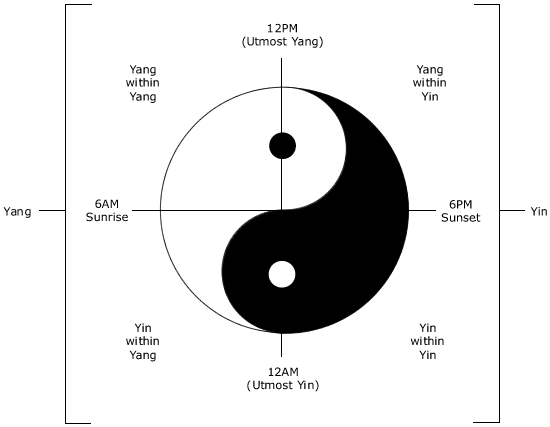
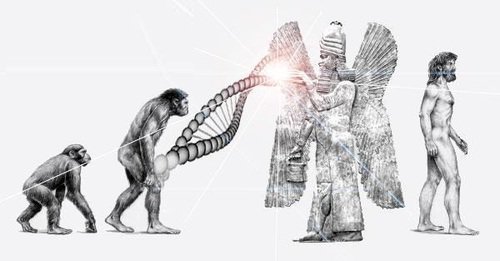
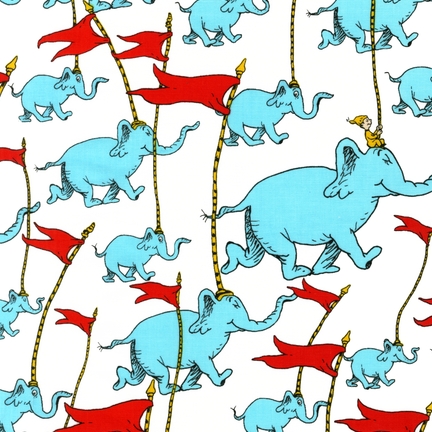
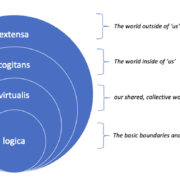

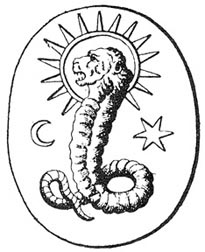
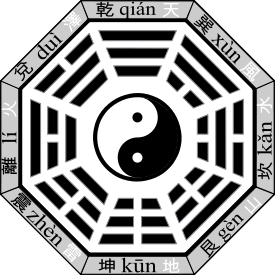


Leave a Reply
Want to join the discussion?Feel free to contribute!